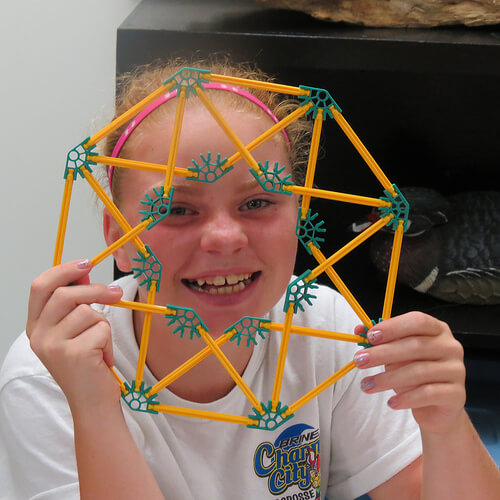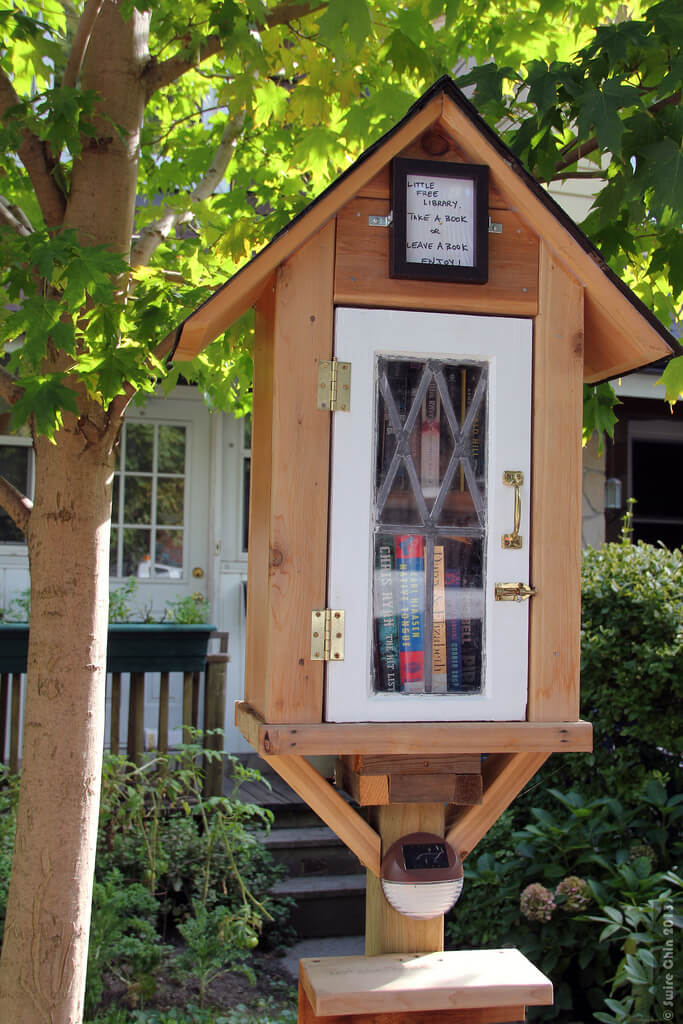 Photo Credit: CERDEC
Photo Credit: CERDEC
If you say math is fun your kids are more likely to think math is fun!
If the adults that are around your kids have a negative attitude about math this could cause your child to have math related anxiety. On the flip side, if you focus on portraying to your kids that math is fun then they are more likely to think math is fun too.
Children absorb the behavior and attitude of the adults around them
From a young age children like to copy what they see their parents doing. Daughters see their mother carrying a purse, so they practice carrying around a purse to be like her. Sons see their fathers talking on the phone, so they pretend that their toy blocks are a telephone. It is normal for children to look up to their parents and to mimic their behavior and even their attitude about certain things.
In general there are fewer girls than boys who think math is fun
Perhaps as a mother you still feel like you are not very good at math. This attitude might have been adopted because the adults around you when you were growing up gave you the impression that only boys think math is fun, but not girls. Some research has been done that suggests that the math attitudes of parents and teachers can affect children’s attitudes about math in either a positive or negative way. This means that if parents, teachers and tutors focus on staying positive about math when they are around students, especially female students then this could help more girls think that math is fun too.
Take the opportunity to teach your kids that math is fun
- Turn everyday activities like baking or shopping into math games.
- Think out loud when you are paying a bill so your kids can see that you use math in your daily life and that it’s even good for adults to practice math.
- Keep a positive attitude when helping your kids with their math homework and encourage them to feel a sense of accomplishment after completing a difficult math problem.
- If you really don’t like doing math, hire a math tutor who can help your child with their math homework.
- Even if you don’t like math you can still say the words “math is fun” to help your children develop positive math attitudes.

